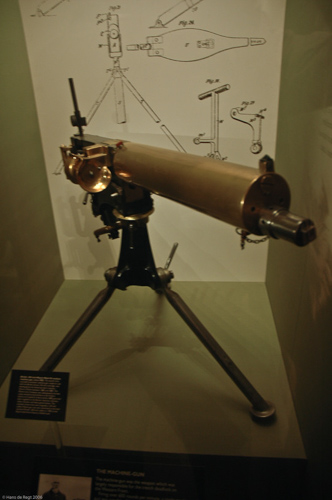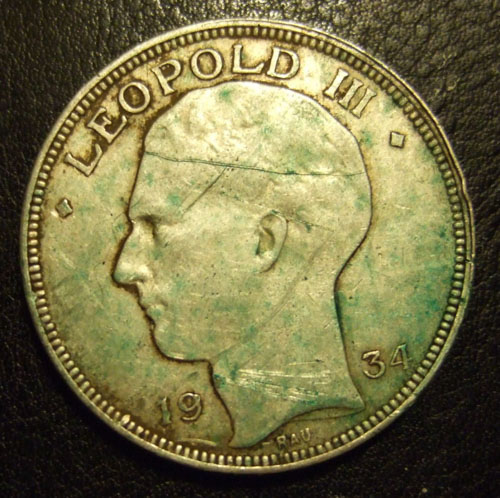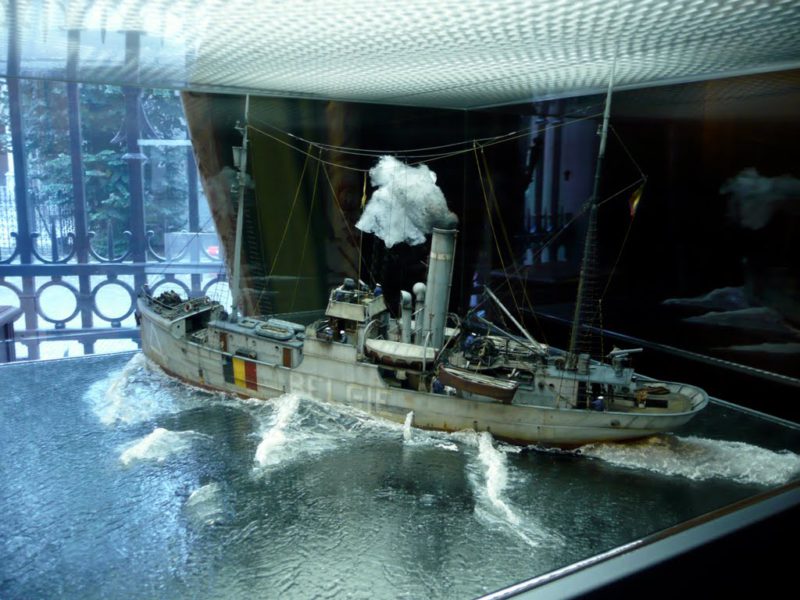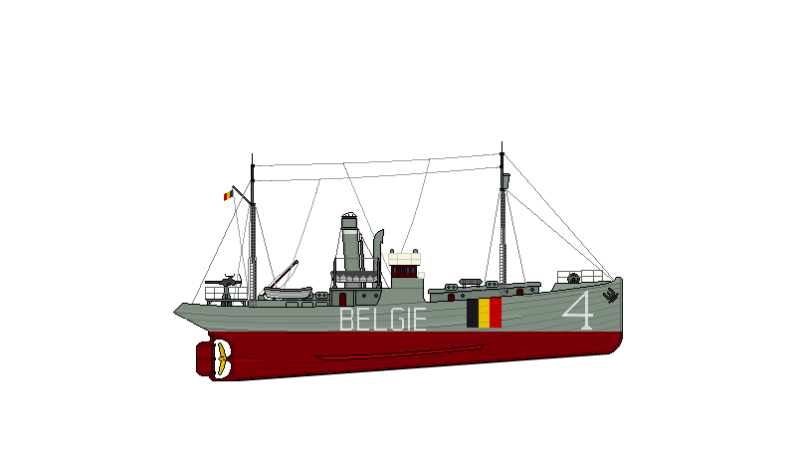Belgian Trawler A4
To move the dough around when uncle Hitler comes poking his nose.
HMS John Ebbs as the British Royal Navy would call it, was a Mersey class naval trawler which was launched on October the second, 1917. She was intended for Anti Submarine Warfare (ASW), patrol, minesweeping duties, and served during the First World War. In three years, this veteran was sold off to the Belgians.
Lack of interest, no more wars to win, financial burden to maintain, however you call it,- the British were done with it. Good for this schooner, she had better days comin.
Under The Command Of Belgium
Serving under the name, Pilote 4 (later Patrouilleur A4) had been bought by the Corps de Marine in the year 1920. The Belgians had then outfitted the trawler with Maxim guns on the bridge and a 47 mm gun at the stern. She did pack a punch.

Why the big Belgian flag on the ship? During the early stages of the war, Belgium had a neutral status. No nation could afford to lose a ship to unnecessary and untoward incidents. To avoid making it look like a belligerent ship, the Navy painted large Belgian tricolors on either side of the hull and if you had a keen eye, you could spot the Dutch word BELGIË.
Evacuating the Gold
Must make you wonder why the A4 is important enough to be noted in history pages. During the interwar period, a gold based currency was put in motion which ran parallel with the Belgian franc. Following the Nazi seizure of Austria in 1939, the Belgian Bank appointed three top officials to look into the concerning matter of saving their currency’s value which was shadowed by the threat of Nazi loot. Recommendation went the following way.-
- One third be sent to Britain.
- Another third be sent off to either United States or Canada.
- Retain the rest in the country to back the currency.

When the bank had begun to move the gold across their borders, Belgium had about 600 tons of gold. All this was done in secret and the bank did not publish any public information relating to this. By the time the Germans had invaded the country in 1940, 40 tons of gold remained in reserves.
The Germans had advanced into Belgium. Although, only a small amount of gold was physically left in the country, yet the National Bank had a huge hoard of cold hard cash at their offices at Ostend. The money had arrived only recently in trucks and in hearses. Hubert Ansiaux, the bank’s 37 year old inspector was in charge of this money.
All ships had left the port for safer waters. The Germans had been dropping magnetic mines at the harbor for days. No ship and it’s crew in its right mind would dare to dock. In utter desperation, Ansiaux and his small team made a last ditch plan to lit a huge bonfire and burn the money at the dock itself. He was running out of time, and clearly out of ideas too. Skeptical however, as he believed the money may not burn quick as it was held in tight blocks. There was still some chance of the Nazis getting their hands on the currency.

Almost miraculously, and before the money went to ashes our hero Pilote 4 appears.
The A4 had been coming from the besieged port of Dunkirk after the Belgian military had requisitioned it at the start of of the hostilities. Although the port had been seeded with Magnetic mines, the vessel had fortunately been demagnetized or degaussed. As soon it got dark, the bank team began to load the dough into the ship. By the time all the treasury had been moved, the stores were filled to the gills. Slowly, and carefully the A4 set off.
Virtually defenseless (that gun we talked about earlier? It’s good against flesh only), the lights were switched off as a precautionary measure. As the Belgian Trawler A4 sailed past Dunkirk at about 10 pm, the crew could see the city in flames. The Luftwaffe had brought down hell, in a scientific manner. Nonetheless, the people on the ship were terrified.
After transferring from port to port because of concerns regarding the cargo, the ship finally arrived at the port of Dartmouth on the English coast at dawn. Everyone aboard could be seen having black faces. Before the war the ship was tasked with carrying coal, so naturally (plus money is a dirty thing). Ansiaux immediately telephoned the Bank of England, and the treasury remained in the London vault for the rest of the war.
Only two days later, on May 28th the Belgian Government officially surrendered. ‘Close call’ would be an understatement.
The fact that the Belgians had liberated so much gold before the German occupation is what granted the exiled Belgian Government to finance its operations. Many countries under occupation did not enjoy this privilege.
Yet the plight of the Belgians had just begun, as the gold they had transferred to all across the continent was not been taken care of. But that’s a different story.
What Happened With The Boat?
Nobody wants to become a POW when one has the choice. The crew went to Spain, a neutral country to avoid returning to Belgium with Nazis giving them a suitable welcome. They along with the A4 stayed in Spain interned until the war ended. Netflix and chill, boys. Your work in this war is done.

Our protagonist was on line to be done away with before the war happened. So after all of Belgium’s troubles came to a halt, at least temporarily, the A4 was scrapped in 1948. She can now be seen as a viewing model in the National Bank Museum.










